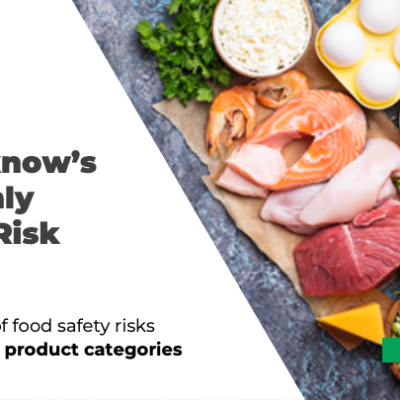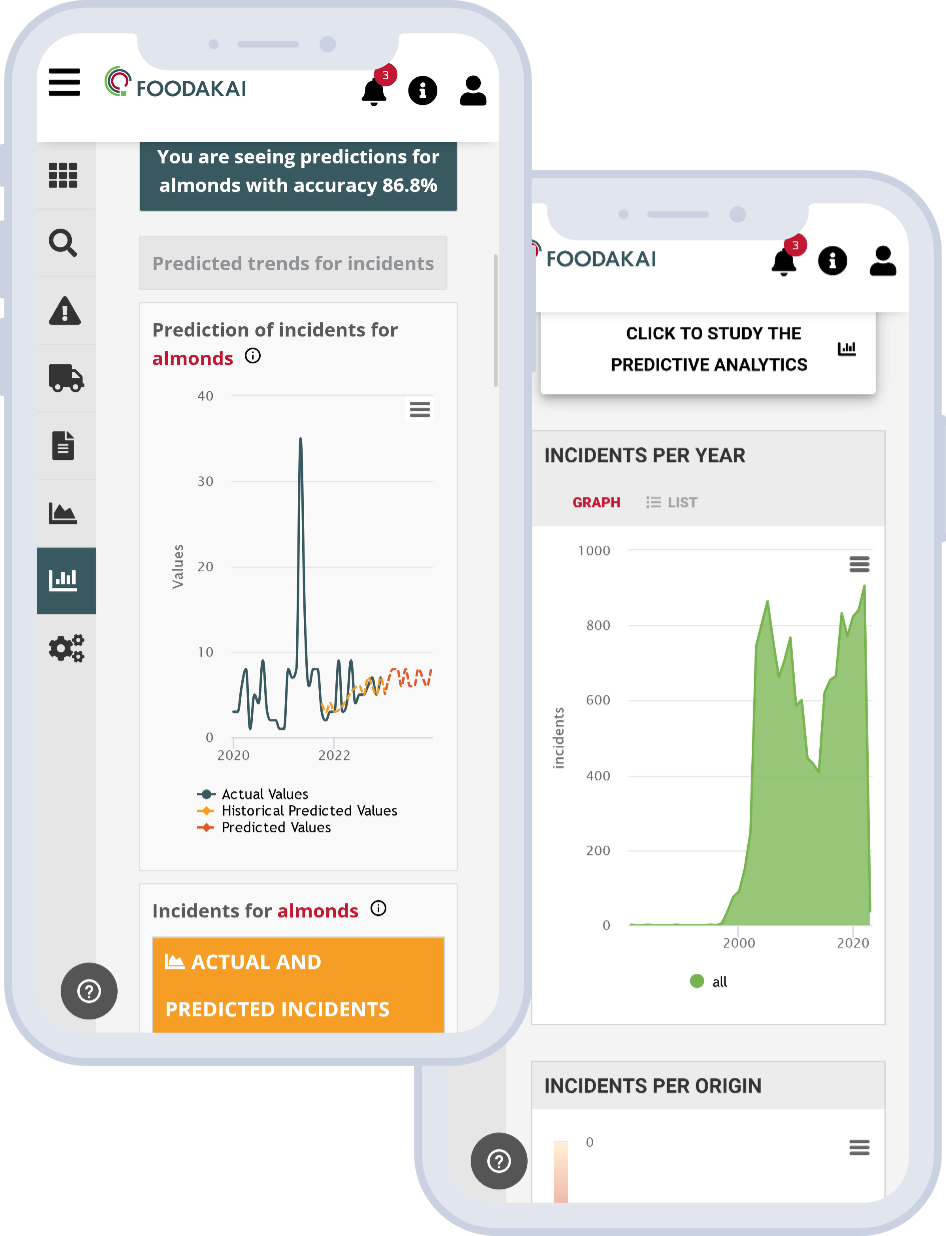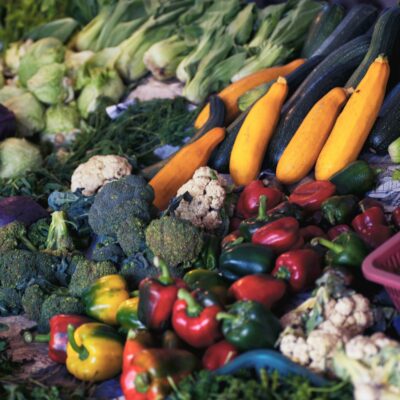
Salmonella outbreaks linked to meat and meat products. Causes, risk factors, and prevention strategies
New dangerous strains of Salmonella are becoming more common in meat and meat products. News for worldwide illness outbreaks after consumption of meat tested positive for Salmonella are all over the newsfeed.
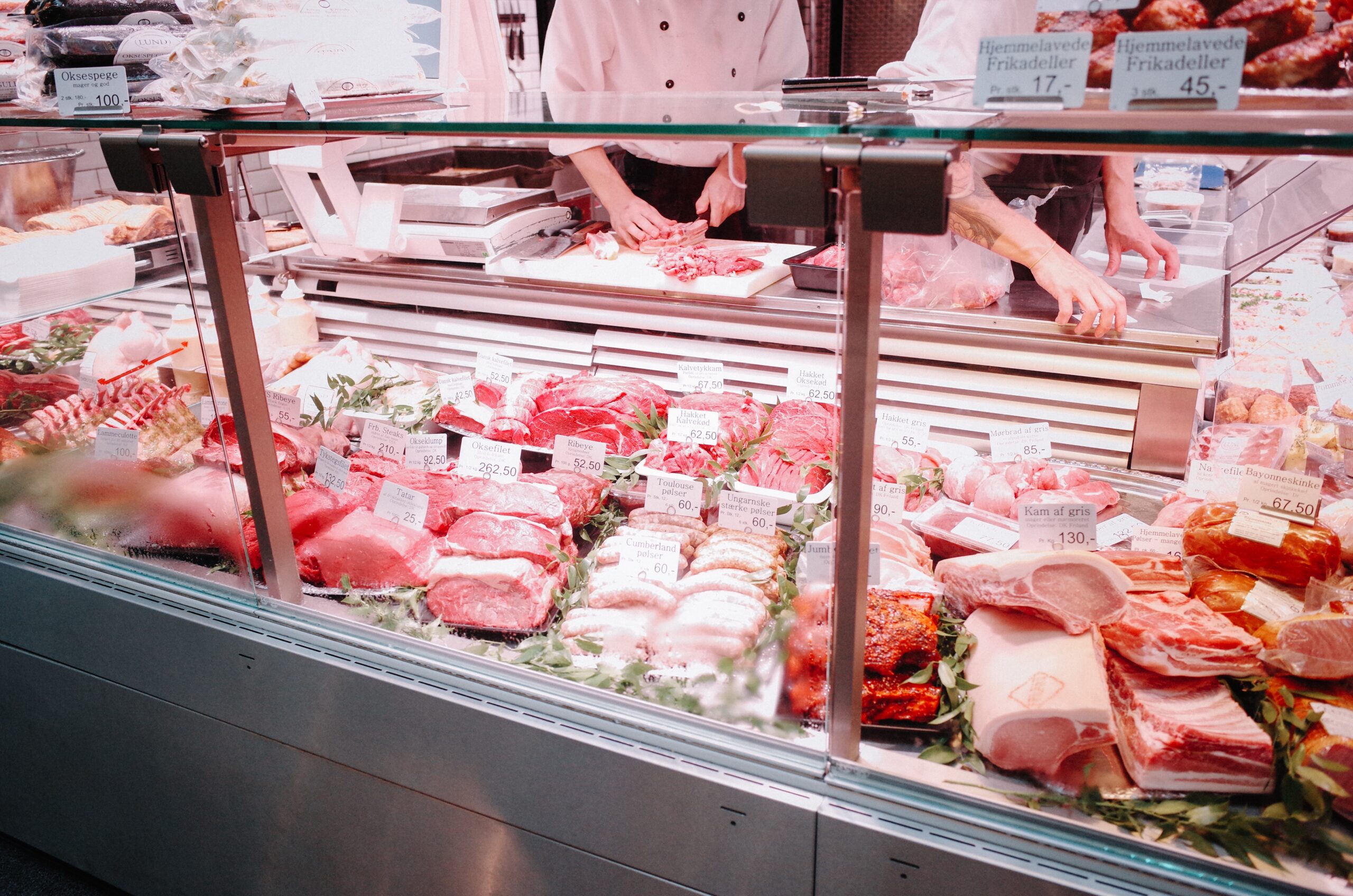
Mining data from the FOODAKAI database may give us a picture of the situation. During a period of two years, between April 2021 and April 2023, 330 incidents regarding the presence of Salmonella in meat and meat products (other than poultry) were reported worldwide, as shown in the following Graph 1.
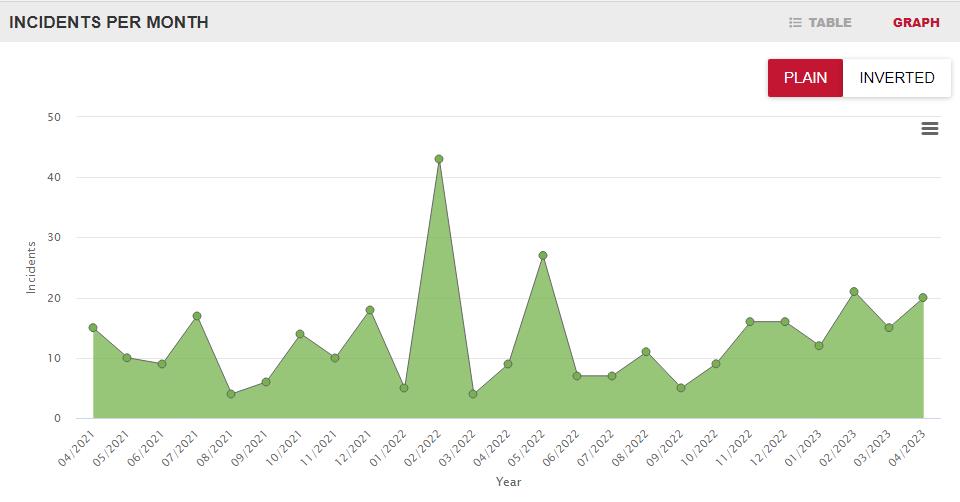
Pork, minced meat, tartar raw beef, beef and pork sausages, pork in general, salami, and veal were the products found to be infected the most times (Graph 2).
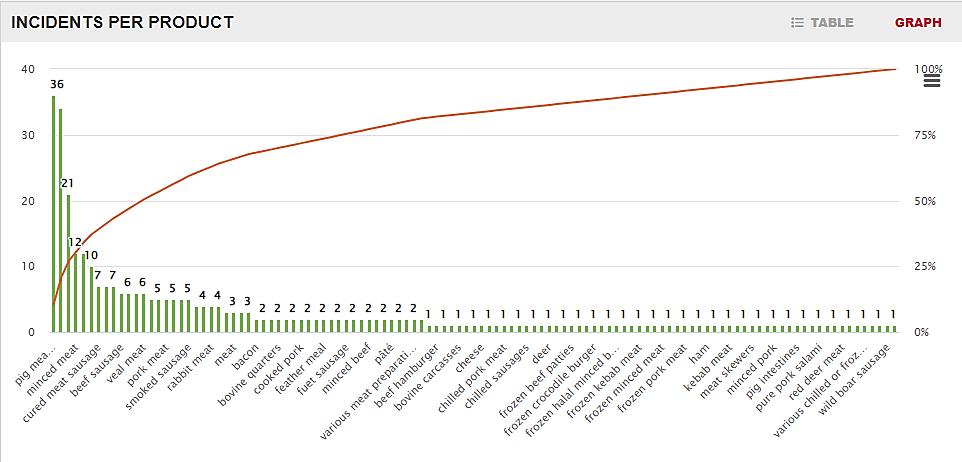
Risk decision types varied, depending on the severity of the case. France, Italy, the UK, and the Netherlands reported most of the incidents, after official controls on the market or controls on boards, as shown in Graph 3. Eighteen countries with a percentage contribution under zero are not shown in the Graph.
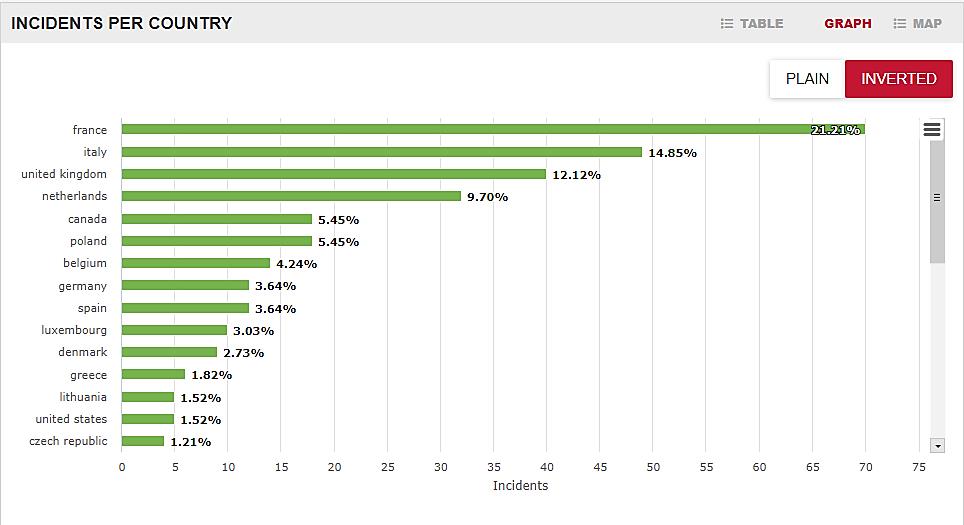
In January 2023, France reported 52 cases of Salmonella infection between August and December 2022 to the European surveillance portal for infectious diseases. In the following weeks, Denmark, Germany, the Netherlands, the UK, and the US reported cases belonging to the same microbiological cluster.
From the 330 incidents, in a 2 years period, 7 led to reported outbreaks. Consumption of pork meat, salami sticks, beef, duck meat, frozen minced beef, and pork and hamburger infected with Salmonella strains caused illness outbreaks in the US, Denmark, Mexico, Scotland, Slovenia, Sweden, and the UK. And these are only the reported cases by the official authorities. Imagine the magnitude of the situation, as most illness cases from Salmonella are not usually reported and officially linked to their source.
“Salmonella outbreak solved with 130 sick; steak tartare blamed”, we read on the Food Safety News website, in an article posted on January 2023. In another article on the same site we read that “From 2002 to 2017, China recorded 2,815 outbreaks caused by meat and meat products, resulting in 52,122 illnesses”. “Tainted meat linked to two deaths in Argentina” and “Salmonella outbreak that affected almost 30 people in Ireland and England” are also some of the titles of other articles that demonstrate the importance of the facts. Salmonella is a Gram-negative bacterium that can live in the intestinal tract of many different animals. Animals get Salmonella from their environment, by eating contaminated food, or from their mothers before they are even born or hatched.
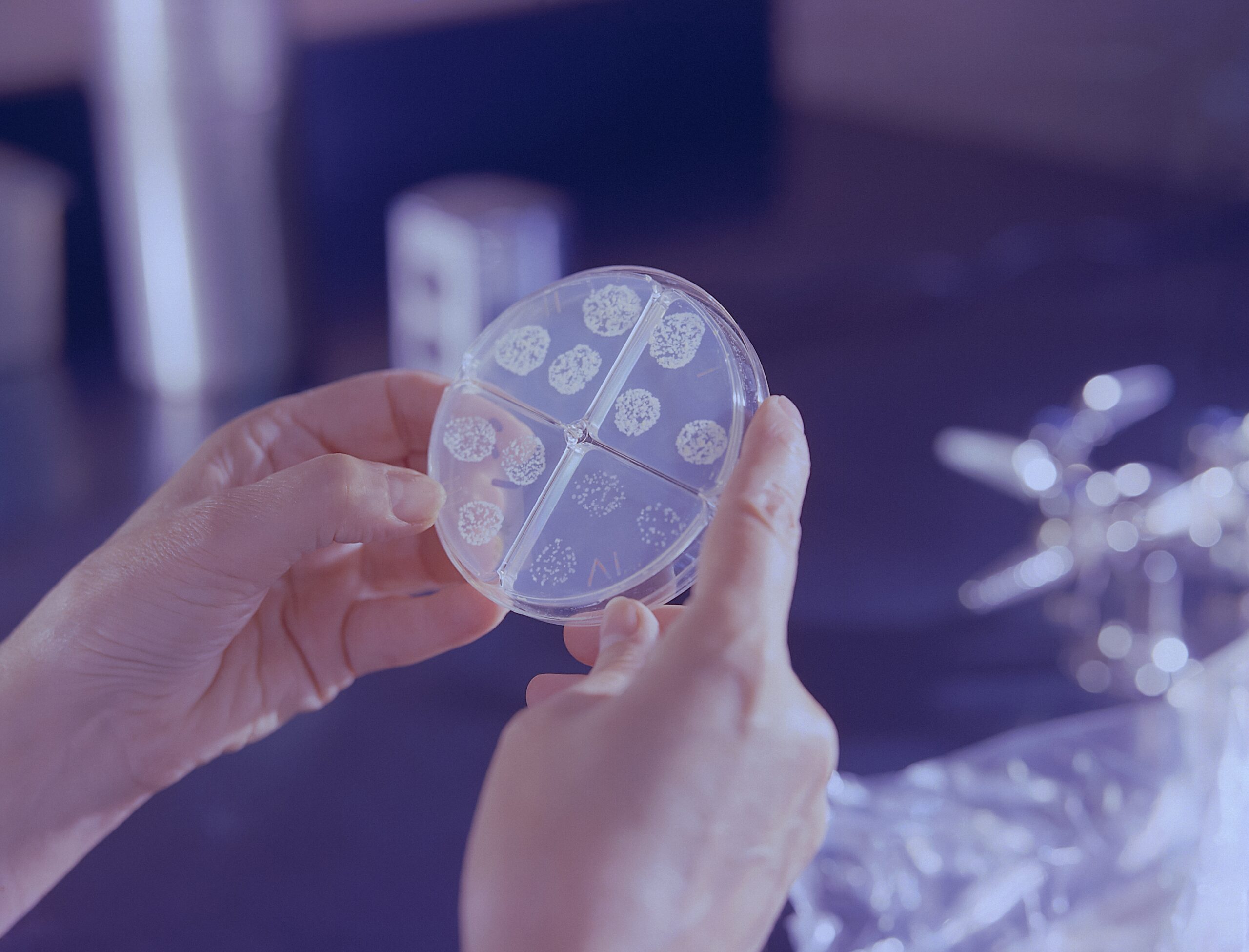
People can get sick with Salmonella due to bad hygiene practices or after contact with infected animals, food, or tank water. There are more than 2,000 types of Salmonella, while Salmonella infantis strain is regarded as being among the most virulent, frequently causing illness in humans and spreading rapidly on farms.
Salmonellosis is the second most reported gastrointestinal disorder in the EU resulting from the consumption of Salmonella-contaminated foods. Symptoms include gastroenteritis, abdominal cramps, bloody diarrhea, fever, myalgia, headache, nausea, and vomiting. Sometimes, Salmonellosis can even be life-threatening, particularly for infants and elderly people. The symptoms of Salmonellosis start 12 to 72 hours after exposure. Centers for Disease Control and Prevention (CDC) estimates that Salmonella bacteria cause about 1.35 million infections, 26,500 hospitalizations, and 420 deaths in the United States every year.
The European Centre for Disease Prevention and Control (ECDC) estimates that there are more than 91,000 both reported and unreported Salmonella infections each year. Food is the source of most of these illnesses. Food that is contaminated with Salmonella germs usually looks, tastes, and smells normal. Foods that are in the spotlight for Salmonella contamination are mostly poultry, pork, and egg products.
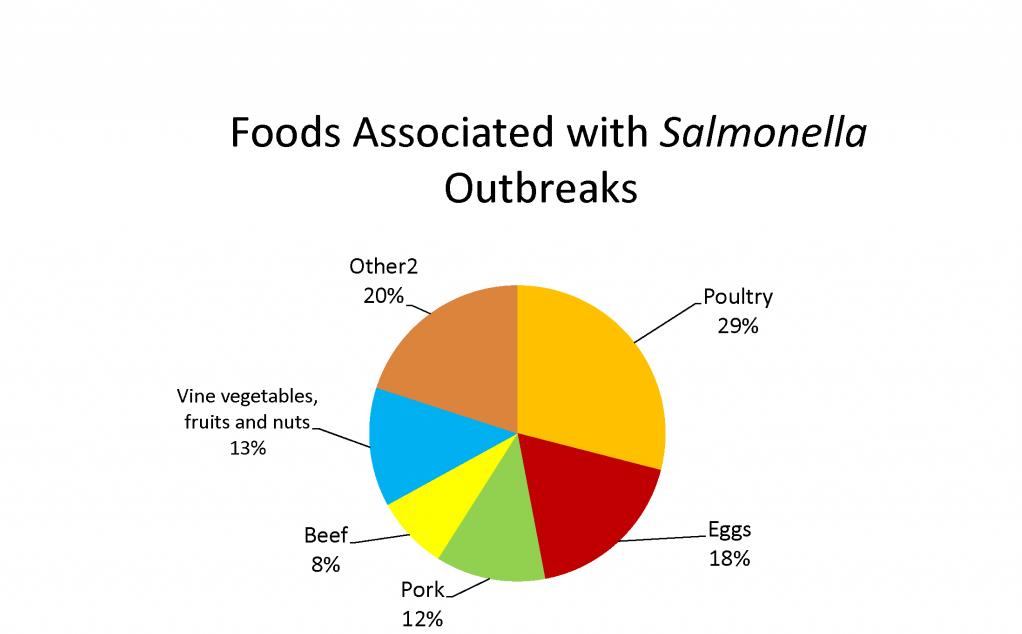
Food manufacturing and processing industries are the first lines of defense against Salmonella. Employees must be trained on proper cleaning and sanitizing procedures, handwashing procedures, and contamination prevention procedures. Special measures should be taken in order to prevent Salmonella contamination in finished products and product packaging, and to prevent cross-contact between raw ingredients and ready-to-eat foods. Hazard Analysis and Critical Control Points Plan (HACCP plan) should be followed accordingly, in all stages of production and processing. Undertaking proper cleaning and disinfection procedures and developing of a program for routinely sampling production environments for Salmonella, will assess the effectiveness of the overall hygienic practices, monitor the environment for transient pathogens, and help mitigate potential harborage and growth niches.
The U.S. Department of Agriculture’s (USDA) Food Safety and Inspection Service (FSIS) recently released a proposed regulatory framework for a new strategy to control Salmonella contamination in poultry products and reduce foodborne illnesses attributed to these products. The framework is considered a first step for a more targeted prevention strategy and will eventually find application in other food categories. Responses from the industry on the regulation were mostly positive; not a surprise, as the total cost for the loss of productivity to the economy is estimated at around $88 million per year.
These types of prevention strategies are considered more than a necessity nowadays, due to challenges that arise from climate change. As the global temperature rises, the proliferation of pathogens that produce food-borne illnesses, such as Salmonella, is expected. That’s because warm, wet weather conditions stimulate bacterial growth. “As global temperatures rise, the risk of foods going bad during blackouts in homes or stores or during transit in hot weather rises with them”, as reported by the epidemiologist and data scientist Elena Naumova, from Tufts University. In fact, according to predicted models of FOODAKAI, an increase in the risk for Salmonella in meat and meat products (other than poultry) is predicted to happen in the next months.
Furthermore, other potential hazards likely to increase for meat and meat products the next months according to our data are labelling/misdescription, inspection issues and shigatoxin-producing Escherichia Coli.
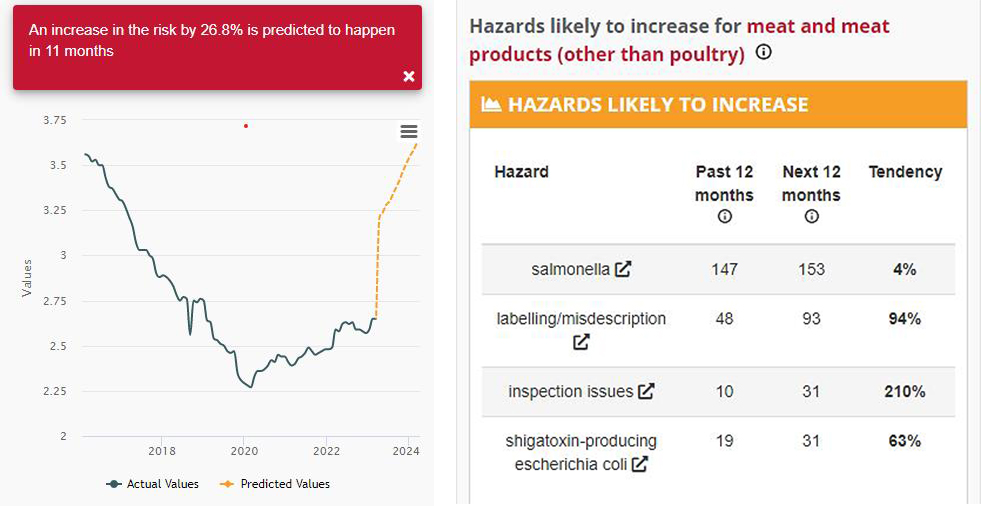
What can consumers do to prevent Salmonellosis? As far prevention practices inside households, hands wash, wash of cutting boards, dishes, and countertops with hot soapy water, sanitization of kitchen surfaces, properly cooking and keeping raw meat, poultry, and seafood separate from ready-to-eat foods can help prevent from a potential infection. And last but not least by keeping your pet healthy, you also keep yourself and your family healthy.



